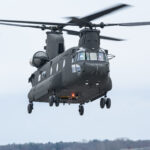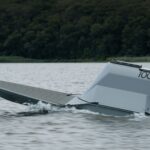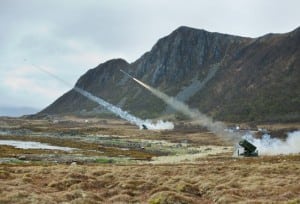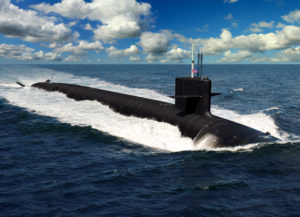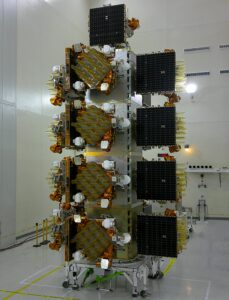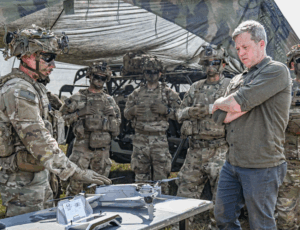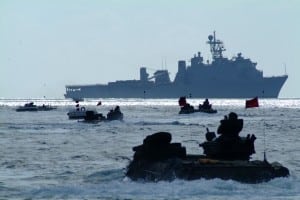
Despite the pledge of support from some lawmakers, the amphibious warfare community is trying to drive down the cost of building and maintaining its amphibious ship fleet in the hopes that the money saved could be funneled toward building more ships. During the kickoff event for the Amphibious Warship Industrial Base Coalition, industry representatives came to the Cannon House Office Building to meet with lawmakers and congressional and military staffs to discuss the state of the amphib fleet–as industry and…


